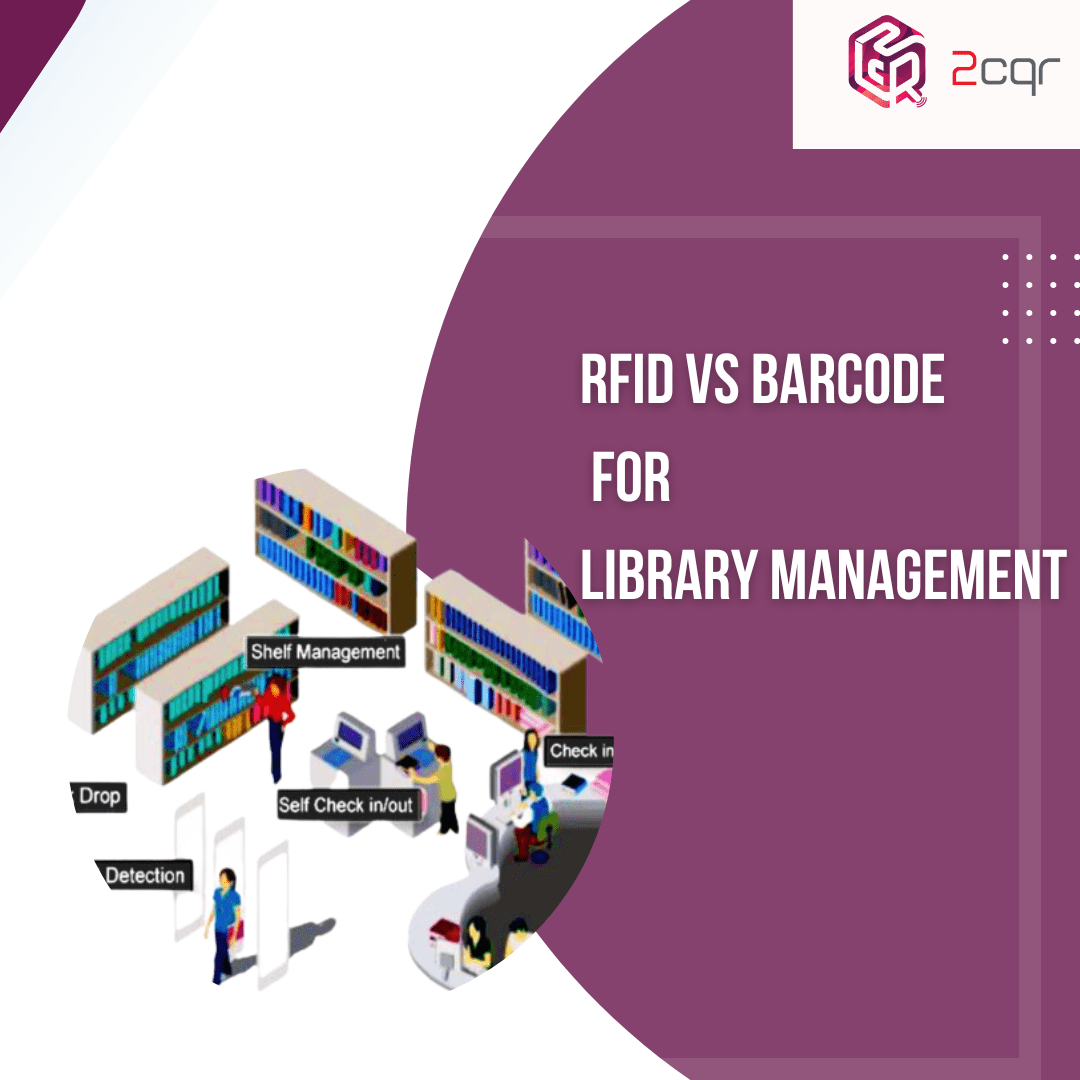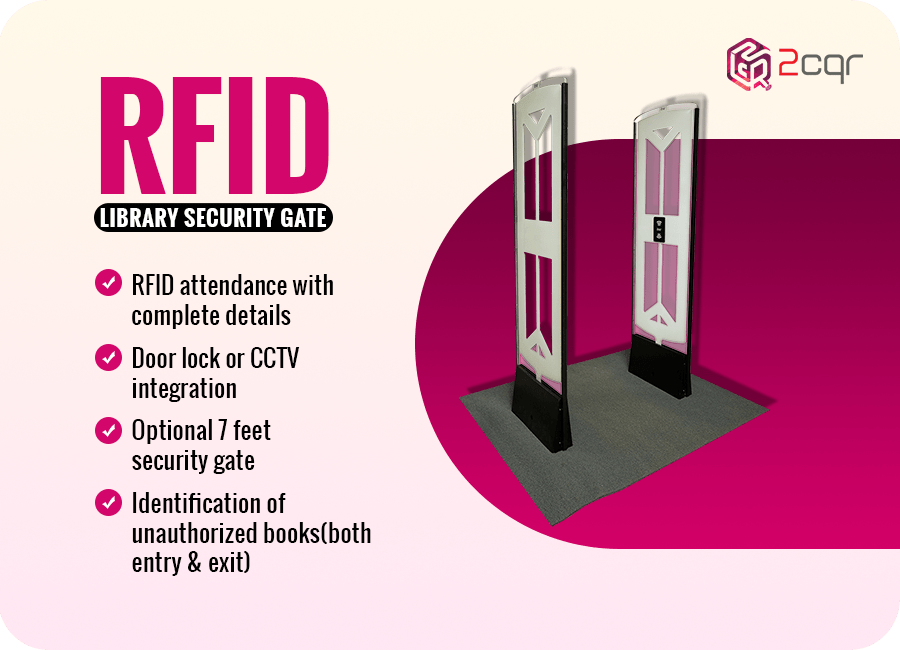
In the realm of library management, both RFID and barcoding technology play vital roles. Each method possesses unique strengths, making the choice between them dependent on the specific needs of your library.
While RFID excels in high-volume libraries with a focus on streamlined operations and increased security, barcoding remains a reliable choice for smaller-scale libraries with budget constraints.
Let’s delve into the different factors to decide whether RFID or barcoding technology is best for your library management needs
1. Potential of Scanning: Speed and Efficiency
RFID readers have the capability to simultaneously read multiple tags within their range. This empowers RFID systems to facilitate faster check-in and check-out processes, enhancing operational efficiency and making it considerable for library management for big size libraries . Conversely, barcoding technology can only scan a single item at a time, leading to longer wait times and potentially compromising the user experience.
2. Accuracy: Reading Reliability
RFID systems are generally accurate in reading data from tags, even with the ability to process multiple tags simultaneously. However, certain factors such as signal issues, tag interference, and environmental conditions can occasionally introduce reading errors. On the other hand, scanners in barcode technology tend to exhibit higher accuracy levels compared to RFID technology in libraries.
3.Cost of Implementation: Investment Considerations
Implementing RFID technology for libraries requires a significant setup involving security systems, self-service stations for book issuing and returning, intelligent shelving, and software integration for streamlined management. Consequently, adopting RFID entails substantial expenses. In contrast, barcoding technology is more compact, comfortable, and cost-effective, making it a suitable choice for small-sized libraries.
4.Durability and Security: Protecting Library Assets
RFID systems offer enhanced security when proper encryption measures and access controls are implemented. Moreover, they are generally more durable, when you attend to periodic wear and tear and act upon time. Barcoding technology, on the other hand, exhibit lower durability and security, often necessitating more frequent replacements.
In conclusion, the choice between RFID and barcode technology depends on your library’s specific requirements. If you manage a high-volume library seeking streamlined operations and improved security, RFID may be the ideal solution despite the higher implementation costs. Conversely, if you operate a smaller-scale library with budget constraints, barcoding technology offers a reliable and cost-effective alternative.
Evaluate the unique needs of your library, consider factors such as scanning potential, accuracy, implementation costs, durability, and security, and make an informed decision. Embracing the right technology will optimise your library’s operations, enhance user experience, and safeguard your valuable collection.



1 comment on “RFID vs. Barcode for Library Management: Choosing the Right Solution”